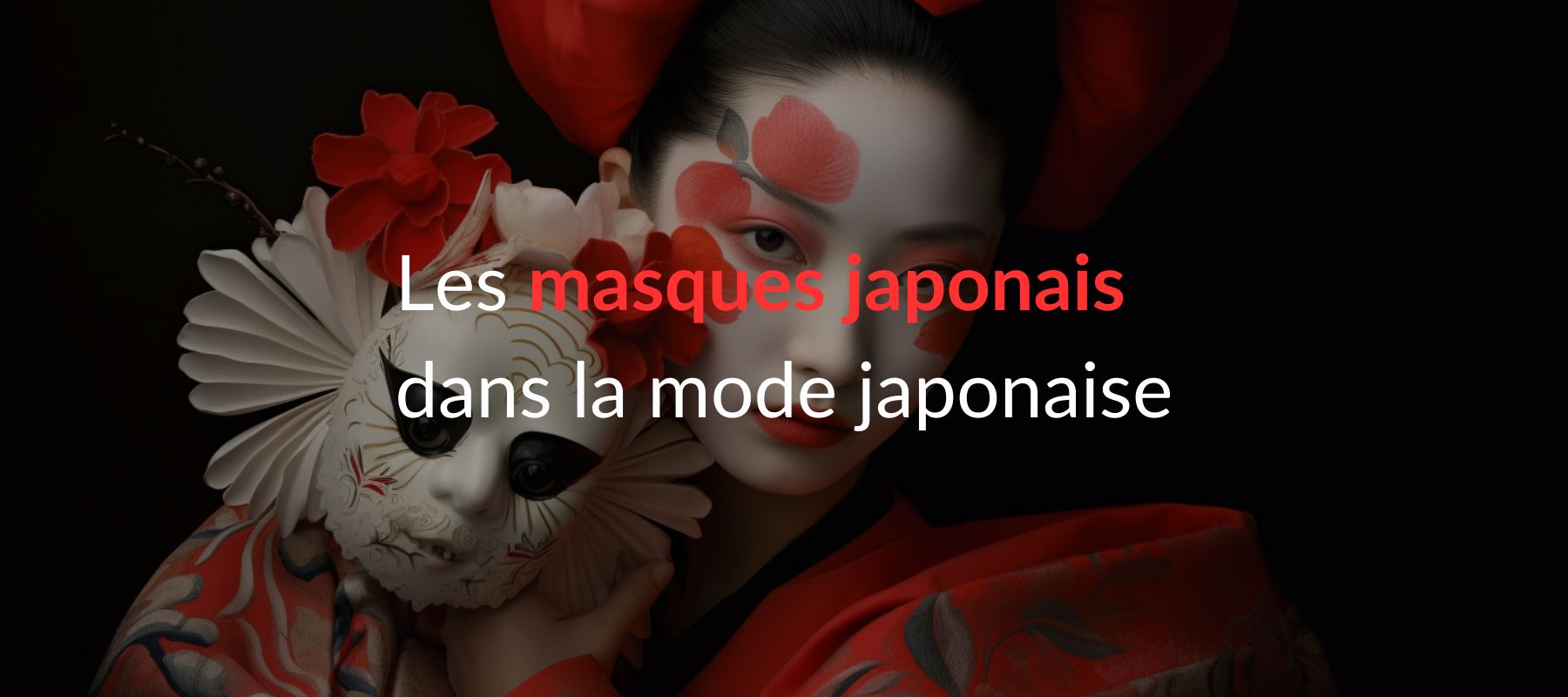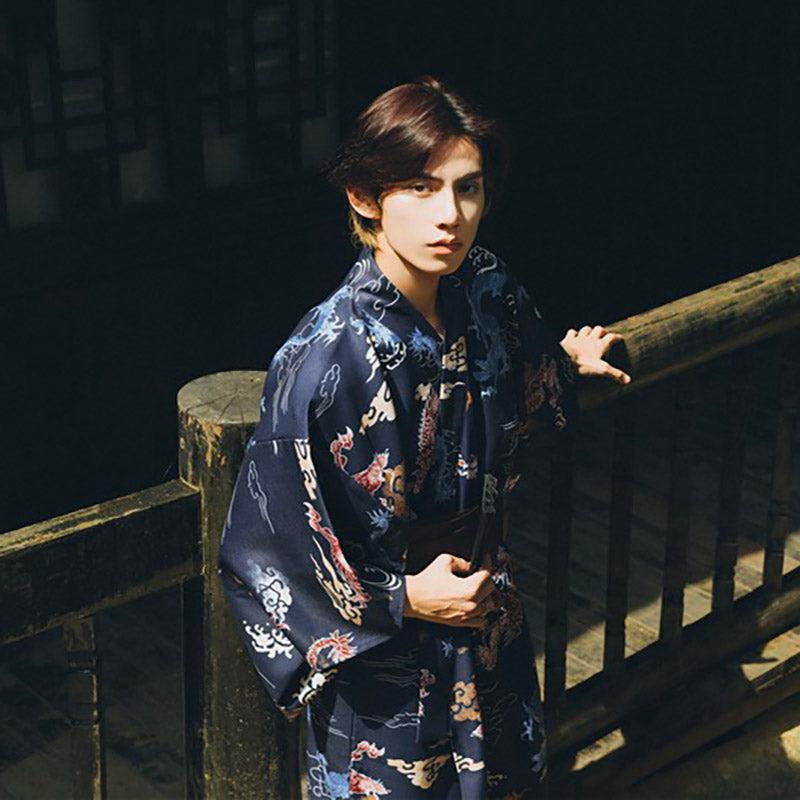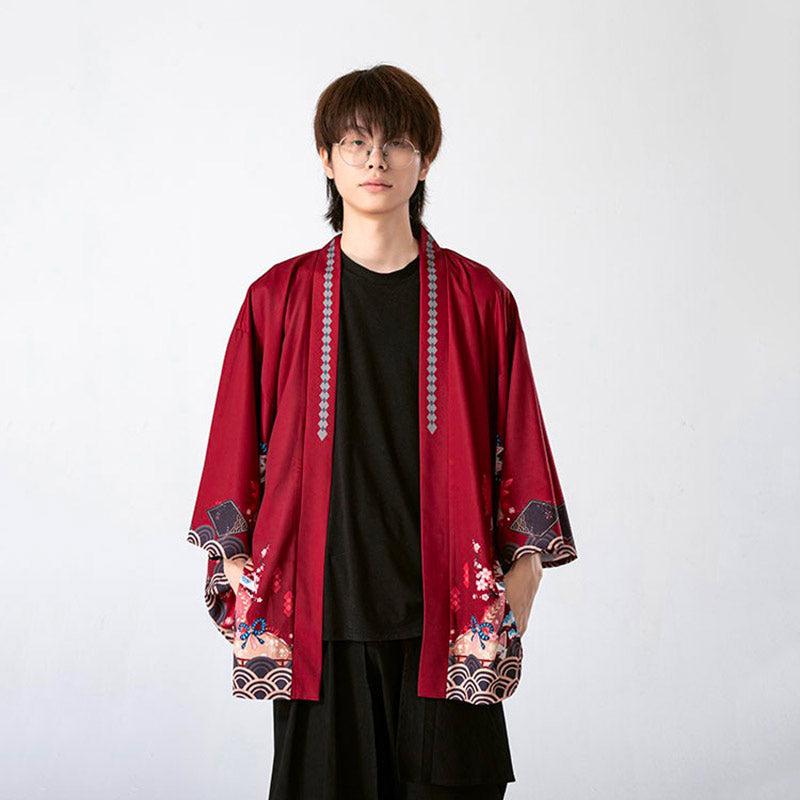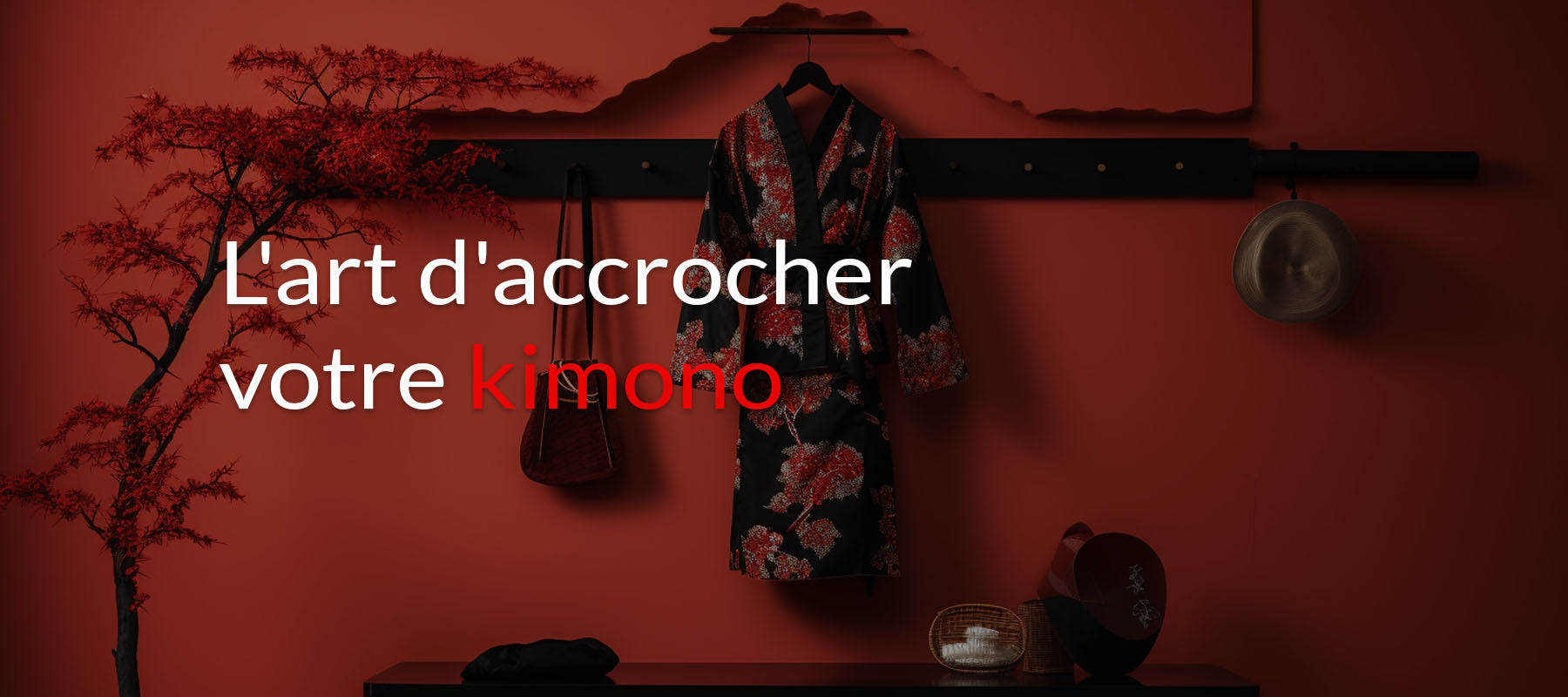
The Evolution of the Japanese Mask in Japanese Fashion
Traditionally associated with rituals and theater, Japanese masks have spanned the centuries to blend into the contemporary nuances of Japanese fashion.
This metamorphosis is not just a trend, but a mirror reflecting Japan's deep cultural history and its adaptation to social and aesthetic changes.
The Historical Roots of the Japanese Mask

The origins of Japanese masks date back to Noh and Kabuki, theatrical forms in which they symbolized characters, deities or spirits.
Made primarily of wood, lacquer, and paint, these masks were the preserve of artistic and religious expression. Their designs ranged from the serene faces of deities to the grotesque expressions of demons.
The Mask in Noh Theater

In Noh theater, masks represent a variety of characters, from young and old women to warriors and deities.
Their use is codified: each movement of the actor under the mask is designed to reveal the underlying emotion of the character.
These masks are considered sacred objects, imbued with the power of their past representations.
The Mask in Kabuki Theater
Kabuki uses masks less frequently, favoring exaggerated makeup to express emotions.
However, some special roles require the use of masks, particularly to transform the actor into an animal, a demon or a spirit.

These masks are often more colorful and dynamic than those of Noh, reflecting the exuberance of Kabuki.
The Integration of Masks into Contemporary Fashion
Today, Japanese masks have transcended their original role to become fashion accessories.
This transition comes at a time when Japanese fashion, known for its ability to absorb and reinvent traditional elements, embraces the mask as a symbol of mystery and elegance.
The Mask as a Fashion Accessory
Japanese designers, playing on the duality between tradition and modernity, reinterpret masks with modern materials such as plastic, metal and fabric.
They become statement pieces, expressing individuality while echoing Japanese cultural heritage.

Masks in Street Trends
On the streets of Tokyo, young people are adopting masks not only as health protection, but also as an expression of personal style.
The designs range from traditional prints to bold contemporary creations, making the mask a reflection of individual identity within society.

In conclusion, the evolution of Japanese masks from their theatrical roots to contemporary fashion illustrates how traditions can be transformed and reinvented to remain relevant in an ever-changing world.
These masks, once symbols of fictional characters, are today vectors of personal expression and style, weaving an indelible link between the past and present of Japanese culture.










